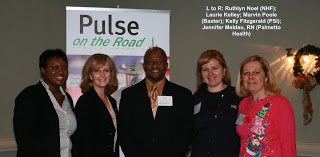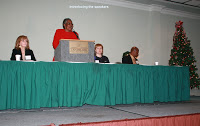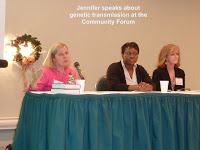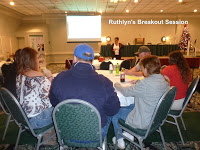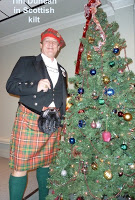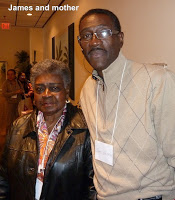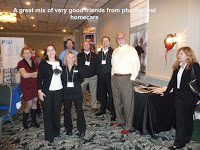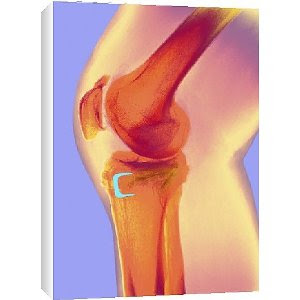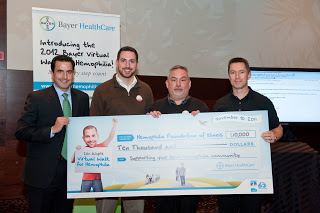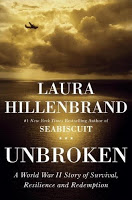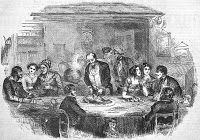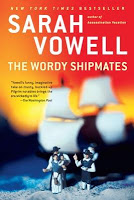Gene Therapy… at Last?
I spent part of last week in Europe with members from our global hemophilia community, and before our meetings, the talk was about the news release concerning gene therapy for hemophilia.
Remember that?
We all want to roll our eyes when we hear talk about gene therapy. Those of us old enough to remember heard that gene therapy was right around the corner back in the 1990s. There were a lot of clinical studies and experiments happening, and it did seem feasible. In fact, PEN (my newsletter) included the first article on the world’s first gene therapy trial, by TKT right here in Cambridge, Massachusetts.
Then in 1999, Jesse Gelsinger, an 18 year old, died in a clinical trial for gene therapy. It wasn’t for hemophilia, but it sent shock waves to all gene therapy trials. Fearing lawsuits and other deaths, many shut down. And gene therapy has gone sort of underground since.
So it takes guts to come out and declare that a single treatment with gene therapy has been shown to raise factor IX levels blood clotting factor. But it’s been declared in the prestigious New England Journal of Medicine, and reported at the American Society of Hematology in San Diego last week.
The study is taking place at the University College London Cancer Institute and St. Jude Children’s Research Hospital in Memphis, Tennessee. How does it work? It uses a viral “vector,” designed to target the liver specifically. The human gene that makes factor IX is inserted into a virus (viruses are very, very good at reproducing quickly in the body, as we all know). The viral vector containing the human gene is delivered to the patient’s liver cells. These are the cells capable of producing clotting factors.
The results have been promising. It’s reported that four of the six trial participants have stopped routine treatment and remain free of spontaneous bleeding. The other two infused once every 10 days to two weeks, and now from two to three times a month!
Right now researchers must look for any side effects: we are dealing with a virus, after all. And indeed, one high-dose patient developed elevated levels of “transaminases,” which could indicate possible liver damage.
Researchers plan to enroll more patients and see where this goes. While nothing is certain yet, this looks promising and has the whole community watching.
Great Book I Just Read
Ethan Frome by Edith Wharton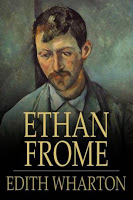
Nature abounds in this book, and as a backdrop, Wharton uses its lighting, temperature, seasons and harsh beauty to mirror the events in the lives of a few humans in an 1800s Massachusetts town. This is the portrait of a man in constant emotional pain. Ethan is baffled by his life’s path, doesn’t know how to improve his life, and plods through his daily chores waiting for something, eventually torn by desire and duty. Ethan seems resigned to eke out a living on a failing farm, with his hypochondriac wife Zeena. For the past year, hope blossoms like spring in the form of Zeena’s younger cousin Mattie, sent to aid the ever-ill Zeena. Her sparkling demeanor and warmth contrast starkly to Zeena’s self-absorbed and cold manner. Ethan finds himself slowly captivated by Mattie, in ways he does not quite fathom, adeptly documented by Wharton, and then falls totally and irrationally in love. With Zeena’s constant interference, and manipulative presence, it’s a doomed love. Eventually, pressure builds: Zeena’s imagined health concerns worsen as she suspects the growing bond between her cousin and husband. Mattie is forced to leave, and Ethan feels life, love and meaning slipping away. The story is simple yet extremely sophisticated psychologically, the characters powerful. This quick read is a complex and deft weaving of personalities, hopes, dreams, longing, regret and circumstances that eventually force a decision—though the ending is shocking, almost gothic. And the pervading sense of nature helps to create a foreboding and destiny, all too terrible to conceive. Five stars.
PS: Edith Wharton was the first woman to win the Pulitzer Prize for literature. And the movie, starring Liam Neeson, is excellent.

